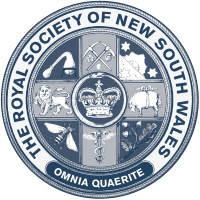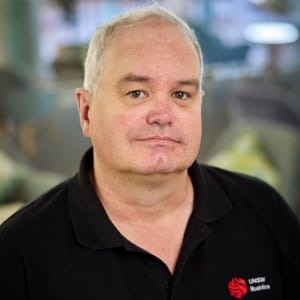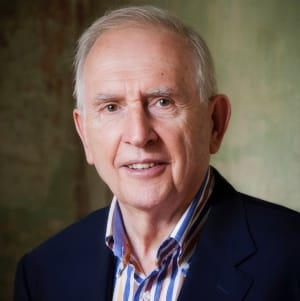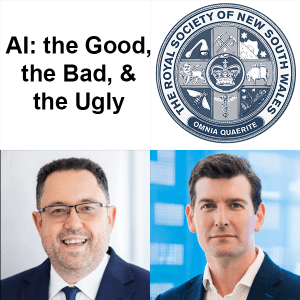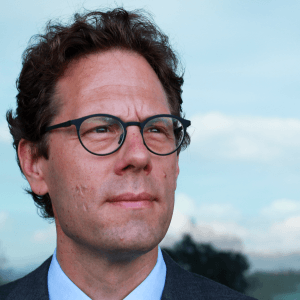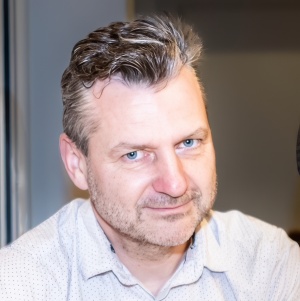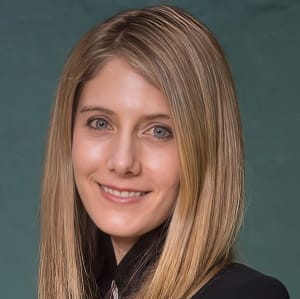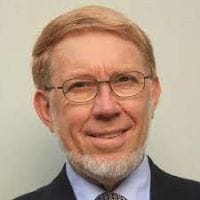
 “Uranium: Australia’s secure energy and climate solution”
“Uranium: Australia’s secure energy and climate solution”
Mr Robert Parker
Former President
Australian Nuclear Association
Date: Thursday, 17 February 2022 6.30 pm AEDT
Venue: RSL Mittagong, Carrington Room
Summary: Increasing costs and uncertainty over energy reliability means that nuclear energy is now viable in Australia. The nation is also woefully failing to meet the types of carbon reductions required by 2050 if we are to limit temperature rises to below 2 degrees Celsius. Twenty gigawatts of coal-fired power plant capacity is reaching retirement over the next 25 years. This can be readily replaced on the National Energy Market (NEM) with emerging small nuclear power plants or in combination with currently available 1000MW nuclear power plants. This will maximise the benefit of our existing grid and avoid the very large costs and environmental impact of grid expansion.
We must repeal legislation preventing the use of nuclear energy in Australia and we need to seriously address energy market design, carbon pricing and ensuring that all generation including variable renewable generators pay for the full costs of their deployment on the NEM. We need to work out how investing in capital intensive power plants that can last in excess of eighty years will be financed in a market that currently does not value low carbon emissions, reliability, capacity or long-term sustainability.
These hurdles are not unique to Australia. In this presentation the results of energy modelling carried out in Australia using the EPC model designed by Dr Robert Barr has come to similar conclusions to those arrived at in OECD reports. These findings point the way to nuclear energy being the most efficient, dispatchable, low-carbon generating source if we are to achieve the ambitious emission objective of less than 50 gCO2 per kWh rather than relying on wind and solar PV. These results will be presented together with comparisons to the AEMO Integrated System Plan and deep Variable Renewable Energy scenarios.
Australia also needs to come to terms with the limits of achieving effective emissions reductions with Variable Renewable Energy (VRE). These include the real problems of providing energy backup, increased network and ancillary services costs together with the falling capacity factors that occur as we attempt to make deep emissions reductions. There will be a detailed discussion of the types of nuclear power plants that can be deployed in Australia in the near term. Key attributes of these new plants are their safe operations, materials sustainability, and low environmental footprint.
The presentation will end with a discussion of how we can maximise the benefit of our existing grid to enable these new plants to meet the needs of Australia’s major load centres. Siting factors including maximising the benefits of existing transport, geology, population densities and cooling resources will be noted.
Mr Robert Parker graduated in 1974 as a Civil Engineer from the University of New South Wales where he obtained a Masters in Engineering Science. He spent 40 years in engineering design, project management and project development. Within Australia, his work included dams, water treatment plants, rail, freeway and bridge projects. This was followed by extensive international assignments on large-dam and hydropower jobs including projects in Vietnam, Iran, Eritrea, and Indonesia.
Concerned with the need to reduce carbon emissions. This led to the completion of a Masters in Nuclear Science at ANU and continued study into the provision of energy in Australia and the nuclear fuel cycle. Rob was the past President and Vice President of the Australian Nuclear Association. He has visited the nuclear power plants, fuel manufacturing facilities, power plant fabrication facilities and waste disposal sites in the USA, France, and South Korea.
